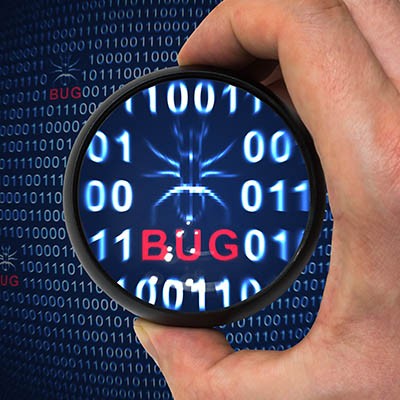In today's fast-paced digital world, where technology plays a central role in our personal and professional lives, keeping our software up to date is more crucial than ever. Here, we will explore why it is important to patch and update your software regularly. From enhanced security to improved performance, there are numerous benefits that come with staying on top of software updates.
PCSOFT Blog
Your business relies on its software, so if that software presents major security issues, it can be really concerning. In order to keep software from being a point of entry for hackers and scammers, you need to update and patch your software. Today, we’ll briefly discuss patch management and why it is a policy that you should be actively pursuing.
Patching your software is one of the most important, yet ignored, tasks in computing. Keeping all of your software up to date with the latest threat definitions can help your business’ IT stay secure. Recently, in a somewhat atypical move, Microsoft has announced that they have released an emergency out-of-band security update to fix two critical security issues.
If your business hasn’t put protections in place for your technology infrastructure, that needs to be moved to the top of your to-do list, yesterday. It isn’t as though the increasing number of threats are going to avoid you until your network is prepared to deflect them. Therefore, you need to take action now. To help, we’ll review some of the most important security considerations to make for your organization.
How many applications does your business use on a daily basis? Managing and maintaining them all can be quite the challenge for a number of reasons--particularly if your organization doesn’t have a dedicated IT technician. It’s important that you take a look at your current situation and determine what roadblocks there are that could cause problems for your organization's securty.
Microsoft’s monthly Patch Tuesday issued resolutions to 48 vulnerabilities in August, including 15 that affected Windows, 25 critical flaws, 21 important flaws, and 27 that allowed for remote execution. This is a lot to consider, but the main jist of this is that lots of threats were fixed, and that your organization shouldn’t risk not implementing them as soon as possible.






